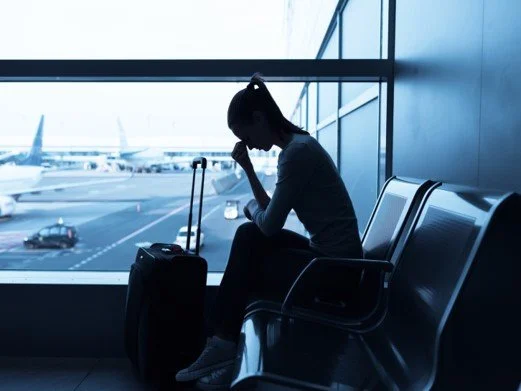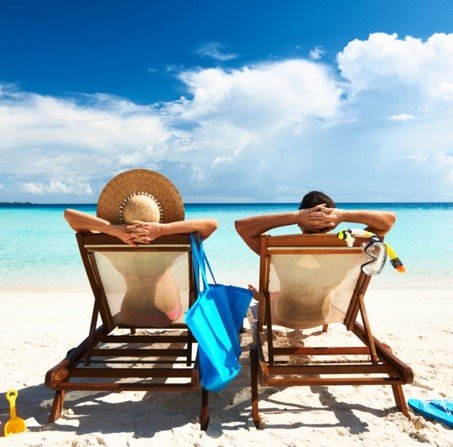Travel and Back Pain: How to Stay Aligned While Traveling | Chiropractor Los Cabos
For many of us, traveling—whether for business or vacation—can bring a mix of excitement and stress. Leaving our routines, hauling luggage, navigating airports, and sleeping in unfamiliar beds can all take a toll on our mental well-being. But what many people don’t realize is that travel can also wreak havoc on the physical structure of the body, especially the spine and posture.
As a chiropractor in Los Cabos, I treat many patients who travel frequently. One of my ongoing challenges is helping them maintain structural balance despite the wear and tear that comes with life on the road.
Why Traveling Can Be Hard on Your Body
One of the biggest physical stressors associated with travel—by plane, car, or train—is prolonged sitting. Our bodies simply weren’t designed to stay seated for long periods. As fatigue sets in, the shoulders round, the head moves forward, and the muscles of the neck and upper back become strained.
But the area I see most affected in my office? The lower back.
Specifically, I’m talking about a deep and powerful muscle group called the iliopsoas.
What Is the Iliopsoas (and Why Does It Matter)?
The psoas muscle attaches to the front of the lumbar spine and intervertebral discs. The iliacus originates along the inside of the pelvis and merges with the psoas, connecting to the upper femur. In simpler terms: this muscle group links your lower spine to your hips and legs.
And here's the kicker — in many people, the lumbar nerve plexus runs right through it. That means if your psoas is tight, inflamed, or overworked (like after hours of sitting), you may also develop nerve irritation, lower back stiffness, or hip discomfort.
Pro Tips to Protect Your Body While Traveling
The good news? There are simple ways to minimize the stress travel puts on your body. Here are my top chiropractor-approved strategies:
✔️ 1. Get Up and Move
If you’re flying, stand up and walk the aisle as soon as the seatbelt sign turns off. Try to move every 35–45 minutes to prevent stiffness.
✔️ 2. Find a Pool
Swimming is one of the best full-body movements for decompressing the spine and promoting flexibility. Even a 10–15 minute session can work wonders.
✔️ 3. Roll Your Luggage
Today’s bags usually come with wheels—use them! Avoid slinging heavy backpacks or duffels over your shoulder if possible.
✔️ 4. Stretch the Psoas
There are plenty of easy psoas stretches available online. Search YouTube and find 2–3 that feel good to you. Do them every morning when you wake up, especially during travel.
✔️ 5. Book a Wellness Tune-Up
Whether it’s chiropractic care, massage, yoga, or Pilates, your body will thank you. Regular maintenance isn’t a luxury—it’s prevention.
Don’t Let Travel Set You Back
Just because you're away from home doesn’t mean your body has to suffer. At dkm Body Balance Chiropractic in Los Cabos, we help frequent travelers restore posture, relieve pain, and rebalance their bodies after long flights, road trips, or active vacations.
👉 Book a chiropractic visit today and travel with less pain and more peace of mind.




